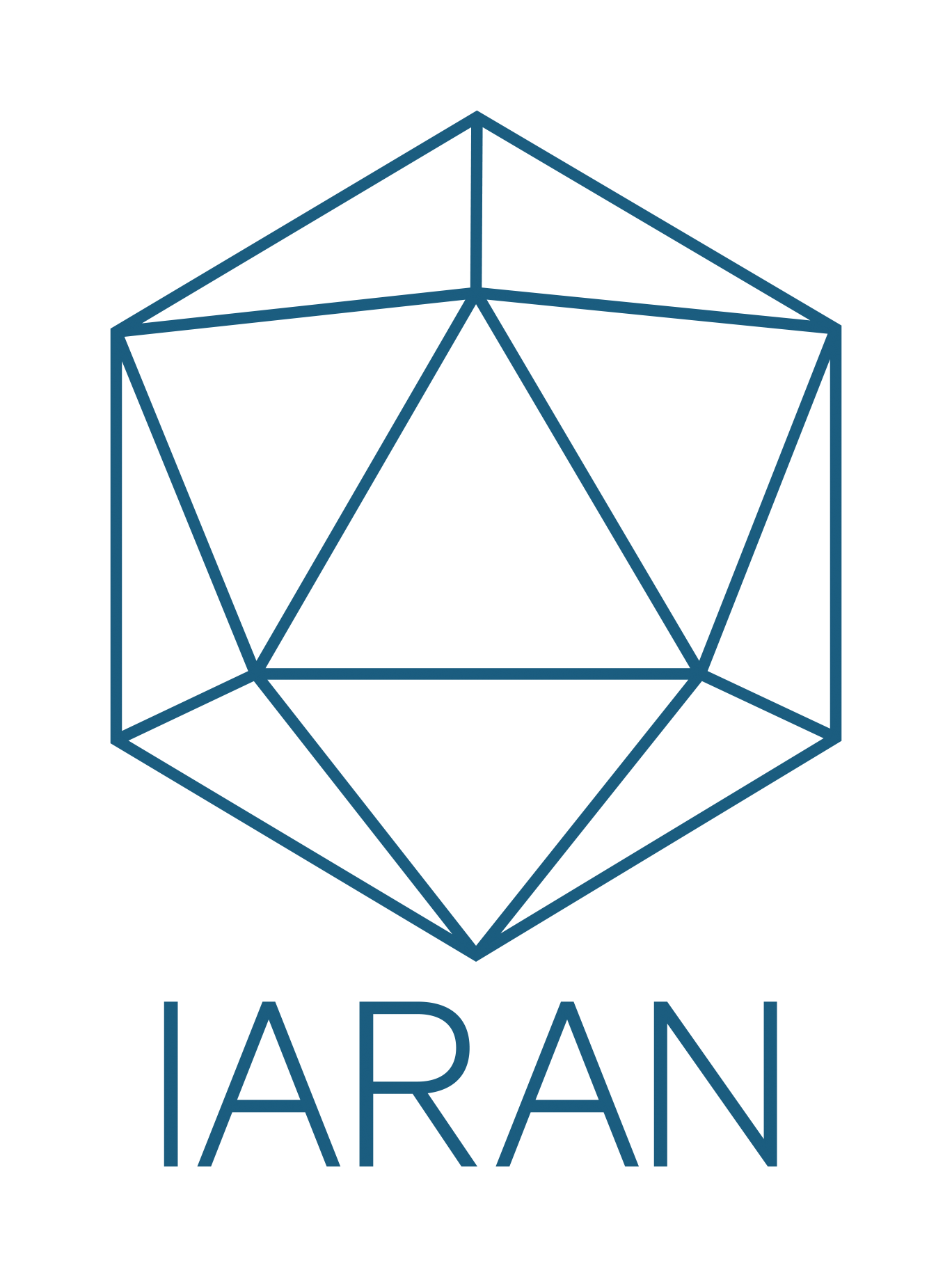Innovation is a critical driver of progress across all sectors, including the humanitarian sector. However, fostering innovation in this sector presents unique challenges, largely due to the complex nature of the work and the cultural resistance that often accompanies change.
A research paper titled "Mapping the Humanitarian Transformation: Spotlight on Innovation in International NGOs” by UNIGE, Center for Innovation & Partnerships and Geneva Innovation Movement provides a comprehensive exploration of these complexities. The document is a deep dive into the innovation journeys of several humanitarian organizations, highlighting the challenges they face and the strategies they employ to overcome these hurdles.
The Challenge: Cultural Resistance to Change
One of the primary hurdles in the path of innovation in the humanitarian sector is cultural resistance. Many organizations, despite recognizing the need for innovation, are deeply rooted in traditional ways of working and thinking. This resistance to change is often a significant barrier to the implementation of new, innovative strategies. Moreover, these organizations are deeply rooted in a reactive subculture, responding to crises as they occur rather than proactively planning and innovating to prevent them.
Our experience at IARAN, accompanying change and transformation in humanitarian organisations, emphasizes the importance of a transformation strategy before embarking on an innovation journey. It suggests that a shift in mindset at all levels of the organization is crucial for fostering a culture that embraces innovation. However, this transformation is often a long and challenging process, requiring significant effort and commitment. It involves not only adopting new technologies and practices but also rethinking organizational structures, processes, and cultures.
The Power of Strategic Foresight
Strategic foresight plays a crucial role in overcoming these challenges. It involves organizational stakeholders collaborating and thinking strategically, using system thinking and insights to anticipate the future and inform decision-making in the present on the best way to add value in the system they navigate. By anticipating future trends and challenges, organizations can proactively develop innovative solutions and strategies, rather than reacting to crises as they occur.
Strategic foresight allows organizations to shift from a reactive to a proactive approach. It enables them to anticipate potential challenges and opportunities, and to develop strategies and solutions accordingly. This forward-thinking approach can significantly enhance the effectiveness of innovation efforts, enabling organizations to stay ahead of the curve and respond effectively to changing circumstances.
The Role of Leadership and Communication
Leadership buy-in is another crucial factor in driving cultural transformation and fostering innovation. The document highlights the importance of engaging senior management and having their visible and concrete support. When top leadership supports the belief that knowledge, innovation, and learning come from both within and without the organization, it can significantly enhance the organization's innovation capacity.
Communication is another critical element in this process. The document mentions the use of storytelling as a powerful tool for engaging staff and challenging old narratives. By making employees an active part of the organizational innovation journey, storytelling can help foster a culture that embraces change and innovation.
The Impact of External Pressures
External pressures, such as the COVID-19 pandemic, can also serve as important triggers for cultural change. The document mentions how the pandemic has forced many organizations to adopt new ways of working, thus accelerating digital transformation and cultural change. These systemic changes can serve as catalysts for cultural transformation, pushing organizations to rethink their traditional ways of working and embrace innovation.
Conclusion
In conclusion, innovation in the humanitarian sector is a complex journey, filled with challenges and resistance. However, with a well-executed transformation strategy, strong leadership support, effective communication, and a culture that embraces change, organizations can overcome these hurdles and pave the way for innovative solutions that improve lives and make a lasting impact. The adoption of strategic foresight can further enhance this process, enabling organizations to anticipate future challenges and proactively develop innovative solutions.
References:
UNIGE, Center for Innovation & Partnerships and Geneva Innovation Movement, (2021). Mapping the Humanitarian Transformation: Spotlight on Innovation in International NGOs
Kennedy, E., & Maietta, M. (2022). Strategic Planning in the Humanitarian Sector: A Manual to Foresight and Futures-Focused Thinking. Routledge & CRC Press.

